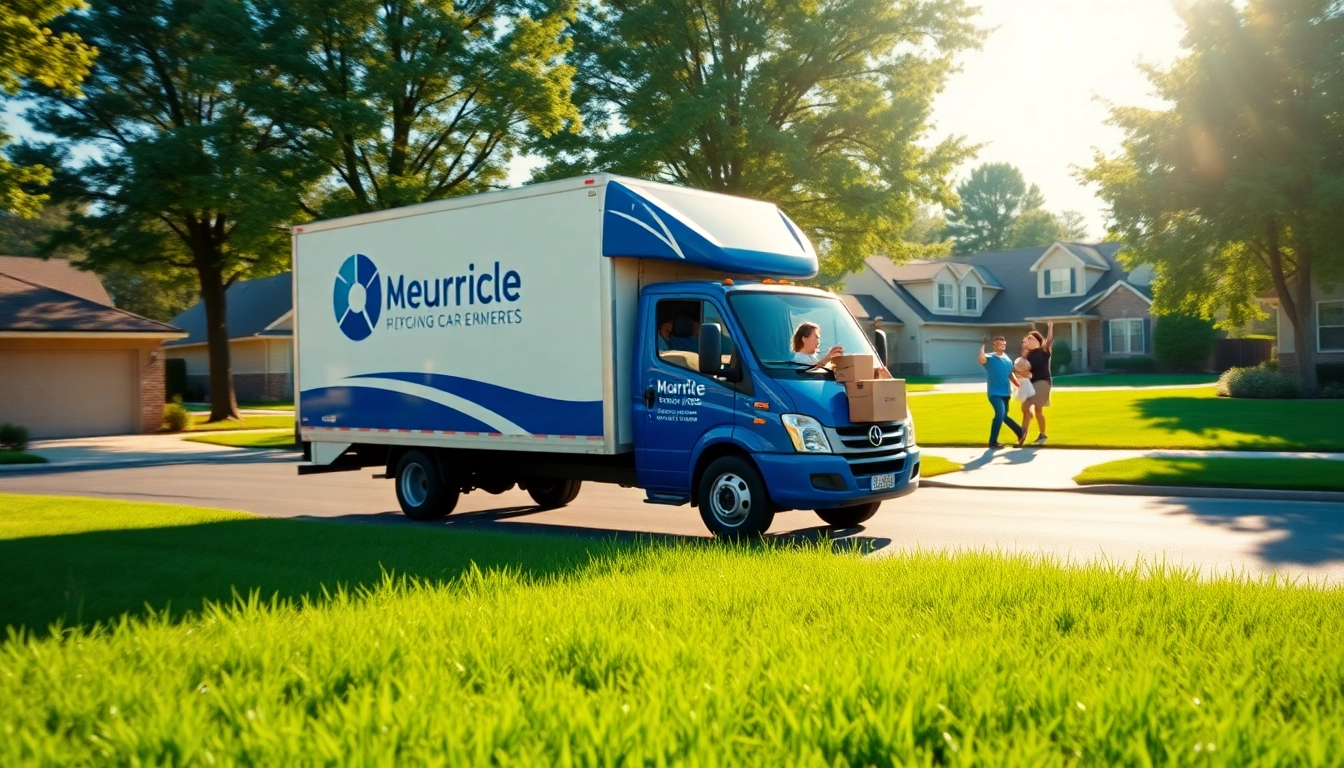Understanding Precision Die Cutting
Precision die cutting is a transformative manufacturing process that allows for intricate and accurate cutting of materials into specified shapes and designs. In industries ranging from packaging to textiles, the demand for high-quality, customized components is ever-increasing, making precision die cutting an essential technique in modern production environments. This process utilizes specialized dies and cutting machines, ensuring that end products meet high specifications regarding dimensions and tolerances.
At its core, precision die cutting streamlines production, optimizes material usage, and delivers consistent results, setting the stage for enhanced manufacturing efficiency and product quality.
What is Precision Die Cutting?
Precision die cutting is a method used to cut materials into specific shapes with high levels of accuracy. Unlike traditional cutting methods, this technique uses a die, which is a specialized tool that shapes and cuts the material in one process. The die can be made from different materials, depending on the application and the desired output.
The process generally involves the following steps:
- Design Phase: CAD software is frequently utilized to create detailed designs that outline the desired shape of the end product.
- Die Creation: Once the design is finalized, a die is fabricated, which can involve steel rule dies for softer materials or more complex dies for rigid materials.
- Cutting Process: The material is fed into the die cutting machine, where the die applies pressure to cut through the material accurately.
- Finishing Touches: Post-cutting processes like cleaning, laminating, or adding adhesives may be applied to enhance functionality and appearance.
Applications of Precision Die Cutting
The versatility of precision die cutting allows it to be utilized across various industries. Here are some common applications:
- Packaging: Custom packaging solutions, including boxes and inserts that fit products perfectly.
- Automotive: Creating gaskets, seals, and other components that require precision cuts for optimal performance.
- Medical Devices: Manufacturing parts for surgical instruments, medical devices, and packaging that require high precision and cleanliness.
- Textiles: Cutting patterns for clothing production, ensuring that each piece can be assembled efficiently.
- Signage: Crafting durable and accurate signs that require detailed cuts and shapes.
Comparing Die Cutting Techniques: Precision vs. Others
Several die cutting methods exist, each having its advantages and limitations. Below is a comparison of precision die cutting with other techniques:
1. Rotary Die Cutting
This technique utilizes a rotating die, making it highly efficient for high-volume production. Rotary die cutting is particularly effective for continuous rolls of material, providing faster output but may not achieve the same degree of precision as traditional methods.
2. Flatbed Die Cutting
Flatbed die cutting uses a flat surface to cut out shapes. While it allows for high tolerance levels in less intricate designs, it can lack the speed of rotary cutting. It’s commonly used for thicker materials and substantial cut-out designs.
3. Laser Cutting
Laser cutting employs a focused laser beam to cut through materials. It produces extremely fine and intricate cuts but may lead to heat-affected zones and is not suitable for all materials. It’s often used for artistic projects or precision applications.
Key Benefits of Precision Die Cutting
Cost Efficiency and Material Utilization
One of the significant advantages of precision die cutting is cost efficiency. This method minimizes material waste due to its accuracy. Manufacturers can achieve optimal layouts on sheets, reducing scrap material costs. Moreover, precision die cutting can produce parts in bulk, leading to economies of scale that further decrease per-unit costs.
Improved Quality and Accuracy in Production
Precision die cutting ensures that products are made to exact specifications. High-quality dies and skilled operators lead to reduced variances in dimensions, enhancing the overall quality of the end products. This accuracy is crucial in industries requiring tight tolerances, such as aerospace or medical sectors, where even minute deviations can lead to significant functional issues.
Shorter Lead Times with Precision Die Cutting
The mechanical nature of die cutting allows for rapid production cycles, which translates into shorter lead times. In competitive markets, the ability to produce large quantities quickly can significantly enhance a company’s ability to respond to customer demands and market trends.
Choosing the Right Materials for Precision Die Cutting
Common Materials Used in Precision Die Cutting
Various materials can be processed through precision die cutting, such as:
- Papers and Cardboards: Used extensively for packaging and crafts.
- Plastics: Common in packaging and consumer products.
- Foams: Used in industries like automotive for cushioning and insulation.
- Metals: Specifically thin sheet metals for parts in electronics and machinery.
Material Selection Based on Application
When selecting materials for a die cutting project, consider the end application. For example:
- For lightweight packaging, paper or cardboard is ideal.
- For automotive components, durable plastic or rubber may be necessary.
- For medical applications, cleanroom-compatible materials are essential.
Factors Affecting Material Performance
Several factors can impact how different materials perform in die cutting:
- Thickness: Thicker materials may require more robust die cutting techniques and equipment.
- Material Properties: Flexibility, adhesion characteristics, and thermal stability can influence how well a material performs during the die cutting process.
- Cost: Selecting cost-effective materials while maintaining quality is crucial for budget management.
Implementing Precision Die Cutting in Your Workflow
Steps to Integrate Die Cutting into Production
Integrating precision die cutting into your production workflow involves several key steps:
- Assessment: Evaluate your current production methods and determine whether die cutting can address specific gaps or inefficiencies.
- Design Review: Collaborate with design teams to ensure that die cutting is suitable for the intended designs.
- Supplier Selection: Choose reliable die cutting partners or invest in quality equipment.
- Training: Invest in training for staff to ensure they understand the equipment and processes involved.
- Quality Controls: Establish ongoing quality checks to monitor the performance and output of the die cutting process.
Essential Equipment for Precision Die Cutting
Facilities will require specific equipment to perform precision die cutting effectively. Key components include:
- Die Cutter: The core machine that performs the die cutting.
- Cutting Dies: Customized dies that produce the required shapes.
- A Software System: Computer-aided design (CAD) software to create patterns and manage workflows.
- Material Handling Equipment: To help manage raw materials and finished products securely and efficiently.
Quality Control Measures for Die Cut Products
Quality control is paramount in ensuring the consistency and reliability of die-cut products. Here are some effective measures:
- Initial Sampling: Conduct regular samples of the output to determine if they meet specifications.
- Dimensional Checks: Utilize tools such as calipers and gauges to verify dimensions and tolerances.
- Feedback Loops: Encourage operators to report any issues immediately for rapid response and resolution.
Future Trends in Precision Die Cutting
Technological Innovations in Die Cutting
The landscape of precision die cutting continues to evolve with technological advancements. Future trends include:
- Automated Processes: Increasing automation in die cutting to enhance speed and reduce human error.
- Integration with Other Technologies: Combining die cutting with laser or digital printing for layered and versatile designs.
- Enhanced Precision: Utilizing advances in machine technology to improve precision in cutting even more intricate designs.
Sustainable Practices in Precision Die Cutting
Organizations are increasingly prioritizing sustainability. This includes:
- Material Recycling: Finding ways to recycle waste materials generated during the die cutting process.
- Eco-Friendly Materials: Utilizing biodegradable or recyclable materials where possible.
- Energy Efficiency: Investing in energy-efficient equipment to reduce energy consumption in die cutting operations.
The Role of Automation in Die Cutting Processes
Automation is set to revolutionize precision die cutting. Benefits of automation include:
- Reduced Labor Costs: Minimizing manual labor while increasing output.
- Improved Accuracy: Automated systems can significantly enhance cutting precision compared to manual operations.
- Enhanced Production Capacity: Automation allows for 24/7 production cycles, significantly increasing capacity and efficiency.






